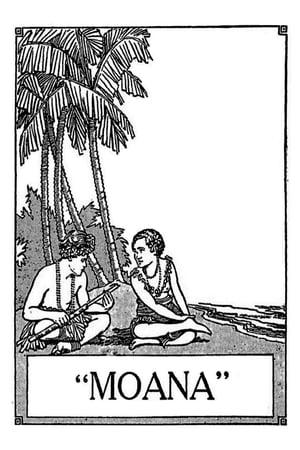
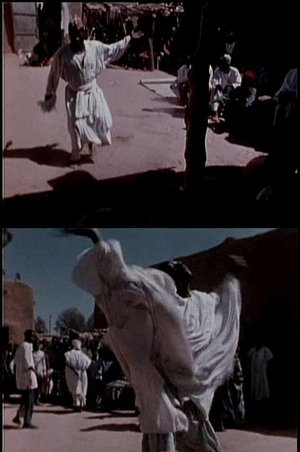
Horendi(1972)
The title of this film translates literally as 'to put on a hori,' a hori being the Songhay term for ceremony of festival. Here it is used to refer to a ganandi, literally 'to make dance' This film concerns two women whom the zima [priest] had diagnosed some months before as being ill through possession by spirits. In the meantime, their families have gathered together the resources to pay for the musicians, dancers, and the priest himself to put on an initiation dance lasting seven days This is a film of documentation, simply recording various moments in the progress of the ceremony, without any form of explanation, neither in intertitle cards nor in voice-over. (Paul Henley, The Adventure of the Real)

Movie: Horendi

Horendi
HomePage
Overview
The title of this film translates literally as 'to put on a hori,' a hori being the Songhay term for ceremony of festival. Here it is used to refer to a ganandi, literally 'to make dance' This film concerns two women whom the zima [priest] had diagnosed some months before as being ill through possession by spirits. In the meantime, their families have gathered together the resources to pay for the musicians, dancers, and the priest himself to put on an initiation dance lasting seven days This is a film of documentation, simply recording various moments in the progress of the ceremony, without any form of explanation, neither in intertitle cards nor in voice-over. (Paul Henley, The Adventure of the Real)
Release Date
1972-01-01
Average
8.8
Rating:
4.4 startsTagline
Genres
Languages:
Keywords
Recommendations Movies
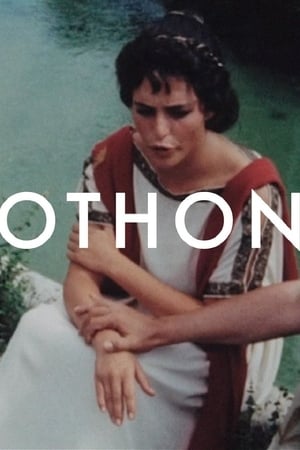 5.4
5.4Othon(fr)
Straub-Huillet’s first color film, adapts a lesser-known Corneille tragedy from 1664, which in turn was based on an episode of imperial court intrigue chronicled in Tacitus’s Histories. The costuming is classical, and the toga-clad, nonprofessional cast performs the drama’s original French text amid the ruins of Rome’s Palatine Hill while the noise of contemporary urban life hums in the background. Their lines are executed with a terrific flatness and frequently through heavy accents; the language in Othon becomes not merely an expression but a thing itself, an element whose plainness here alerts us to qualities of the work that might otherwise be subordinated.
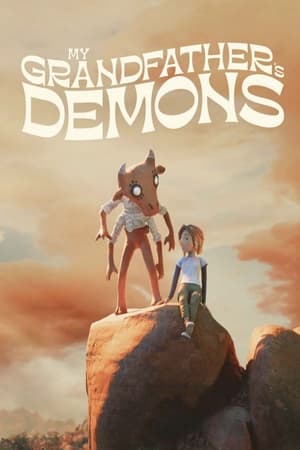 5.8
5.8My Grandfather's Demons(pt)
Rosa's life, a highly valued professional, is turned upside down when her grandfather Marcelino dies.
 6.1
6.1Lesson Plan(pl)
After a teacher dies, his best friend — a former cop — takes a job at the school where he worked to confront the gang he thinks was responsible.
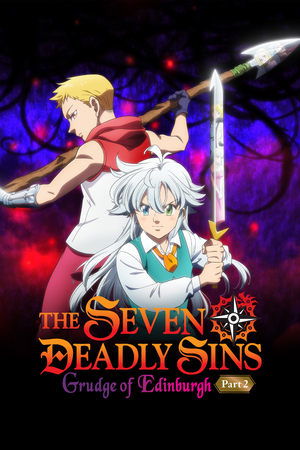 7.2
7.2The Seven Deadly Sins: Grudge of Edinburgh Part 2(ja)
Reunited with Lancelot for the first time since their tragic accident, Tristan must learn to conquer his inner demons in order to save his mother's life.
 7.5
7.5Kingdom III: The Flame of Destiny(ja)
To defend their kingdom against a sudden invasion, a mighty general returns to the battlefield alongside a war orphan, now grown up, who dreams of glory.
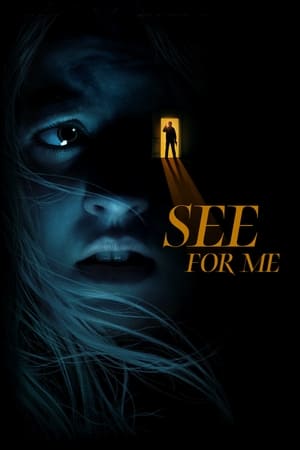 6.0
6.0See for Me(en)
When blind former Olympic skier Sophie Scott cat-sits in a secluded mansion, she gets caught in the crossfire of a home invasion scheme. She must rely on a sighted Army veteran via the See for Me app to help her survive the night.
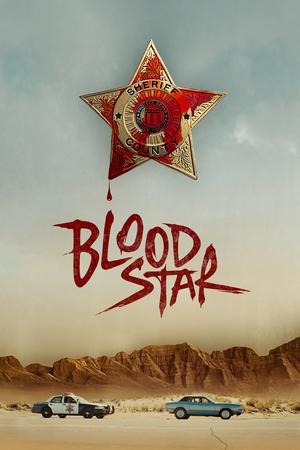 5.5
5.5Blood Star(en)
A young woman is driving through the desert alone when she is drawn into a dangerous game of cat and mouse with a psychopathic Sheriff. The chase escalates to deadly levels, and she must use her street-smarts to turn the tables against him.
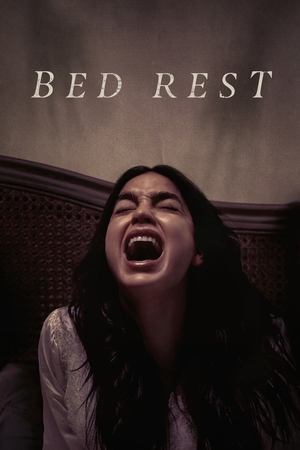 6.3
6.3Bed Rest(en)
After struggling to start a family, Julie Rivers becomes pregnant and moves into a new home with her husband. She's ordered to mandatory bed rest, and begins seeing ghostly happenings throughout the house.
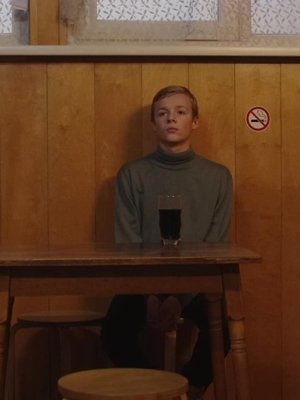 6.5
6.5MAN(lv)
A story about several hours, which significantly change the adolescent boy's life. In a small town in Latvia, there is an old Ferris wheel near a bar, in which the protagonist meets a female truck driver, and soon the wheel of fate of the adolescent boy is set in motion.
 6.9
6.9One Piece: The Desert Princess and the Pirates: Adventure in Alabasta(ja)
The Straw Hat Pirates are on a quest to save the desert kingdom of Alabasta. A civil war brews among the sands, one started and stirred by the hand of none other than Crocodile and his corrupted Baroque Works gang. The stakes run ever higher as Princess Vivi's homeland threatens to tear itself apart. More than lives are on the line.
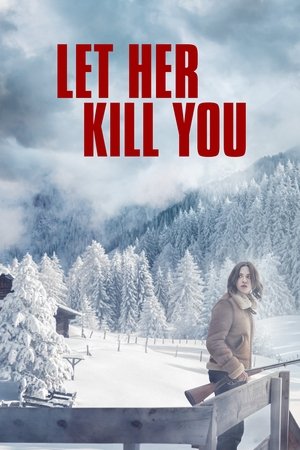 6.1
6.1Let Her Kill You(fr)
Alone in the mountains of Switzerland, Anne discovers that her isolated chalet is on surveillance and has been bugged. Caught up by her former life as an intelligence secret agent and an affair with her handler, Anne can only count on herself to get out alive.
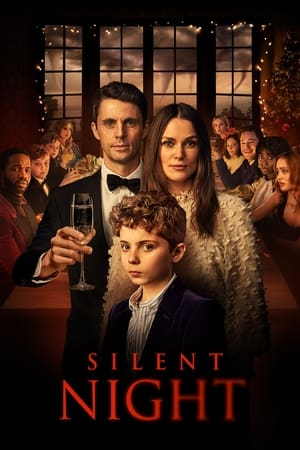 5.9
5.9Silent Night(en)
Nell, Simon, and their boy Art are ready to welcome friends and family for what promises to be a perfect Christmas gathering. Perfect except for one thing: everyone is going to die.
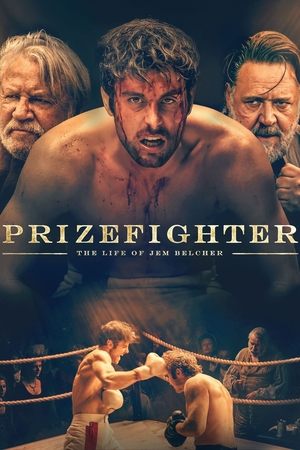 6.2
6.2Prizefighter: The Life of Jem Belcher(en)
At the turn of the 19th century, Pugilism was the sport of kings and a gifted young boxer fought his way to becoming champion of England.
 5.8
5.8A Christmas Miracle for Daisy(en)
Whitney Alder owns interior design firm Marietta Designs, which she runs with her friend Andi in the small town of Marietta, Montana. Whitney is designing Santa’s float for the annual Marietta Christmas Parade when a potential job opportunity comes her way: the full redesign of a landmark home by Christmas Eve.
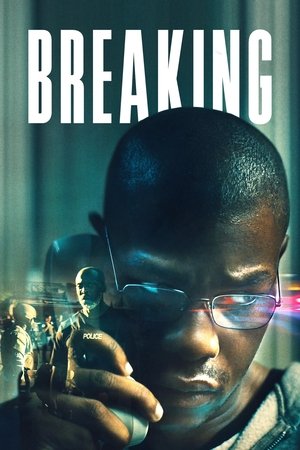 6.5
6.5Breaking(en)
Desperate for money and running out of options, Marine veteran Brian Brown-Easley holds several people hostage inside a bank, setting the stage for a tense confrontation with police.
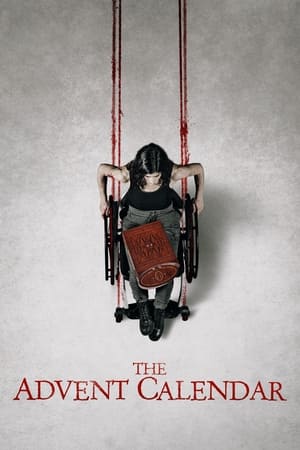 6.7
6.7The Advent Calendar(fr)
Eva, an ex-dancer, is now living in a wheelchair, unable to walk. When her friend Sophie gives her an old wooden antique advent calendar before Christmas, she realizes each window contains a surprise that triggers repercussions in real life: some of them good, but most of them bad... Now Eva will have to choose between getting rid of the calendar or walking again… even if it causes death around her.
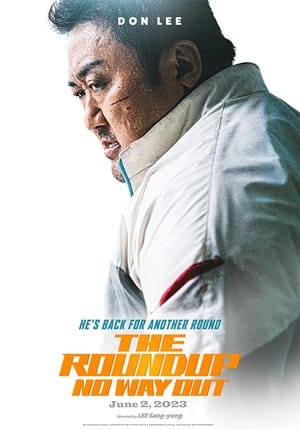 7.2
7.2The Roundup: No Way Out(ko)
Detective Ma Seok-do changes his affiliation from the Geumcheon Police Station to the Metropolitan Investigation Team, in order to eradicate Japanese gangsters who enter Korea to commit heinous crimes.
 5.8
5.8One Way(en)
On the run with a bag full of cash after a robbing his former crime boss—and a potentially fatal wound—Freddy slips onto a bus headed into a rainy night in Georgia. With his life slipping through his fingers, Freddy is left with very few choices to survive.
Similar Movies
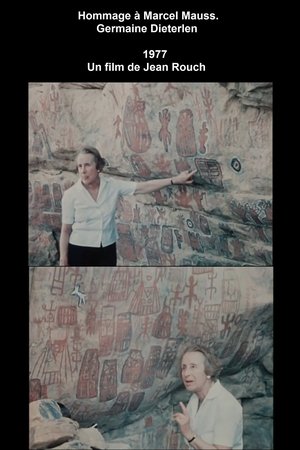 0.0
0.0Hommage à Marcel Mauss. Germaine Dieterlen(fr)
Germaine Dierterlen talks about Dogon mythology at a conference on the Bandiagara cliffs. The Songo canopy is a sacred site in Bandiagara. Its walls are covered with paintings depicting the different phases of creation. A little further on, in a cave near the village of Bongo, symposium participants are discussing the Tellem, the people who lived in the houses built into the cliffs before the arrival of the Dogon. The archaeological remains and migratory movements of these two peoples are discussed.
 0.0
0.0Ainu Puri(ja)
Shigeki, one of the Ainu people of northern Japan, follows the traditions of his ancestors and teaches his son Motoki about their heritage. But how can old customs be revived after centuries of suppression?
 6.0
6.0A Wife Among Wives(en)
David and Judith MacDougall are exploring the marriage rituals and roles of Turkana women in this ethnographic documentary. The film's biggest part is taken up by talks between the Turkana people. As one of the first ethnographic documentaries "A Wife Among Wives" subtitles these talks so that the viewer can get a better and probably more personal understanding of the life of the Turkana.
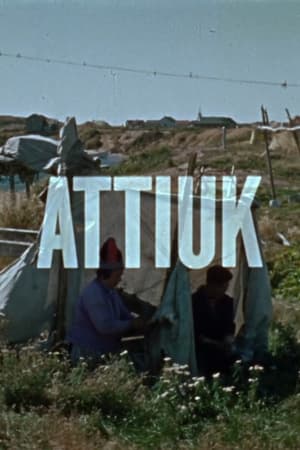 0.0
0.0Attiuk(fr)
The people of Unamenshipu (La Romaine), an Innu community in the Côte-Nord region of Quebec, are seen but not heard in this richly detailed documentary about the rituals surrounding an Innu caribou hunt. Released in 1960, it’s one of 13 titles in Au Pays de Neufve-France, a series of poetic documentary shorts about life along the St. Lawrence River. Off-camera narration, written by Pierre Perrault, frames the Innu participants through an ethnographic lens. Co-directed by René Bonnière and Perrault, a founding figure of Quebec’s direct cinema movement.
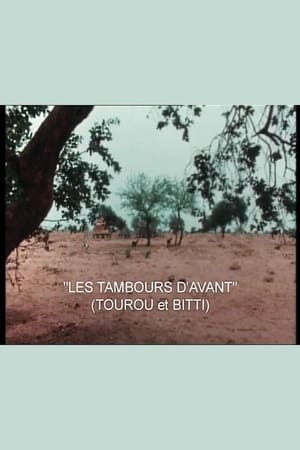 5.8
5.8Drums from the Past(fr)
"Tourou et Bitti", an eight minute documentary concerning a ritual in Niger, is yet another example of Rouch's excellence in creating documentaries which surpass the conventional documentary format. Just as frightening and fascinating as "Les maîtres fous", this one goes straight into the roots of ancient African cultures, in which music has an hypnotic effect, being at the same time an exorcism and a public show. Both the female and the male dancers are almost deities about to be unleashed... Spectral and humanitarian.
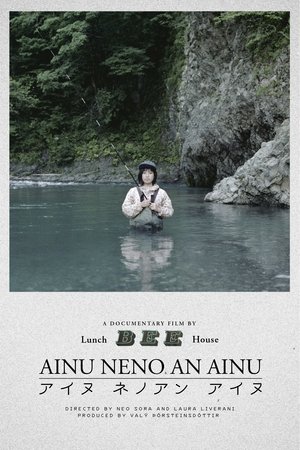 0.0
0.0Ainu Neno An Ainu(ja)
This documentary started as part of a photography project about the indigenous Ainu population in northern Japan, portraying people from tightly knit communities. They feel deeply connected by their culture and tradition. With gorgeous pictures, the directors explore how different generations of Ainu reflect on their identity after centuries of oppression.
 0.0
0.0Savage Memory(en)
Founding father of Anthropology, Bronislaw Malinowski's work raises powerful and disturbing questions today. This is a look at his legacy and the imprints it has made on the generations that followed.
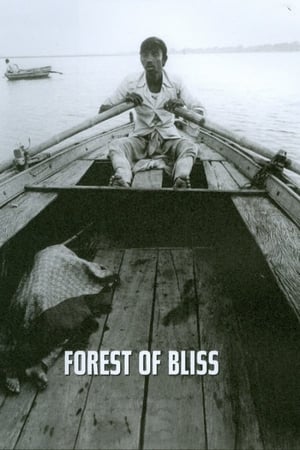 6.5
6.5Forest of Bliss(xx)
Forest of Bliss is an unsparing yet redemptive account of the inevitable griefs, religious passions and frequent happinesses that punctuate daily life in Benares, India's most holy city. The film unfolds from one sunrise to the next without commentary, subtitles or dialogue. It is an attempt to give the viewer a wholly authentic, though greatly magnified and concentrated, sense of participation in the experiences examined by the film.
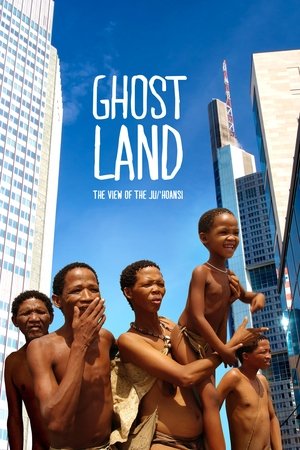 8.3
8.3Ghostland: The View of the Ju'Hoansi(de)
Remember the culture clash in THE GODS MUST BE CRAZY? This time it's real. One of the most ancient cultures on our planet is undergoing a major change. The Ju/Hoansi Bushmen in Namibia are not allowed to hunt anymore and need to converge with our so called “civilized” lifestyle. For the first time the Ju/Hoansi Bushmen travel through the Kalahari and then right into the heart of Europe. What starts as a look at their fascinating culture becomes an even more fascinating look at our Western lifestyle. A warm and humorous reflection of our habits through the eyes of people who are about to give up their million year old traditions.
 0.0
0.0Hampi(fr)
A ritual vase, the hampi, is placed in the center of the Musée de plein air de la République du Niger in Niamey, during a ritual ceremony featuring possession dances. With this film, Jean Rouch continues his ethnological and cinematographic study of Songhay ritual objects. He demonstrates that, in a particular context, the transfer of a hampi vase to a museum requires the organization of a ritual ceremony to obtain the gods' approval. At the time, however, reservations about filming a possession dance for the opening of a shrine in a museum made the move "questionable from a museological point of view".
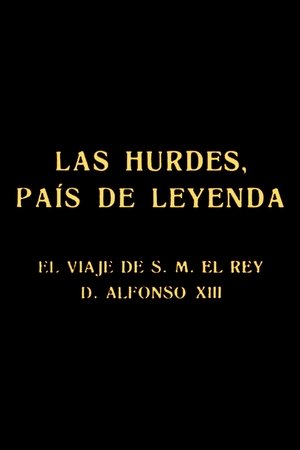 4.0
4.0Las Hurdes, país de leyenda(es)
An account of the journey that King Alfonso XIII of Spain made to the impoverished shire of Las Hurdes, in the province of Cáceres, in the region of Extremadura, in 1922.
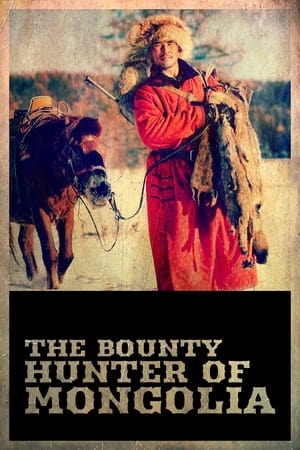 8.0
8.0The Bounty Hunter of Mongolia(fr)
In the Darhat valley in northern Mongolia, the horses of nomadic tribes are stolen by bandits who then sell them to Russian slaughterhouses. Shukhert, a brave horseman, relentlessly pursues them through the Mongolian taiga, bordering Siberia.
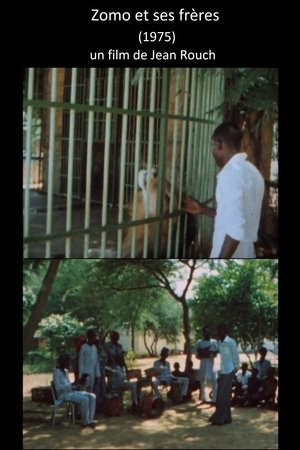 0.0
0.0Zomo et ses frères(fr)
A portrait of Zomo, the second of Damouré Zika’s many children. Employed at the zoo of the National Museum of Niger in Niamey, he offers us a tour, showing us the animals he takes care of. Then, when the work is finished, he invites us to an impromptu concert by “Jeunesse Gawey,” the “popular music” orchestra he forms with his brothers and sisters, who sing and dance for us pretty songs about their lives, their family, and Nigerien youth.
 10.0
10.0Behind the Shadows(el)
The Greek shadow puppetry began 130 years ago. A student of Greek shadow puppetry travels to China, where shadow puppetry began over 2000 years ago. There he follows Chinese shadow puppeteer master He Shihong in Wushan of China. Watching his performances and listening to him talk about his art and his career in it, many parallels are drawn and he expresses them by including his Greek shadow puppetry teacher in the film. This documentary is a cultural bridge between Greece and China through the art of shadow puppetry.
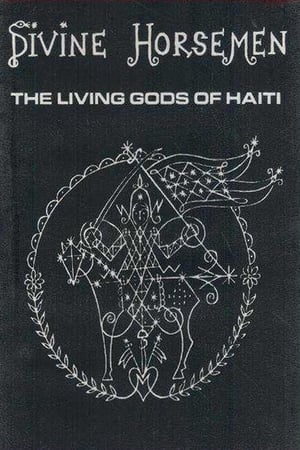 6.1
6.1Divine Horsemen: The Living Gods of Haiti(en)
This intimate ethnographic study of Voudoun dances and rituals was shot by Maya Deren during her years in Haiti (1947-1951); she never edited the footage, so this “finished” version was made by Teiji Ito and Cherel Ito after Deren’s death.
Circumcision(en)
Rites and operation of the circumcision of thirty Songhai children on the Niger. Material of this film has been used to make "Les Fils de l'Eau".
 10.0
10.0Asante Market Women(en)
As retailers, wholesalers, and negotiators, Asante women of Ghana dominate the huge Kumasi Central Market amid the laughter, argument, colour and music. The crew of this `Disappearing World' film have jumped into the fray, explored, and tried to explain the complexities of the market and its traders. As the film was to be about women traders, an all female film crew was selected and the rapport between the two groups of women is remarkable. The relationship was no doubt all the stronger because the anthropologist acting as advisor to the crew, Charlotte Boaitey, is herself an Asante. The people open up for the interviewers telling them about their lives as traders, about differences between men and women, in their perception of their society and also about marriage.


